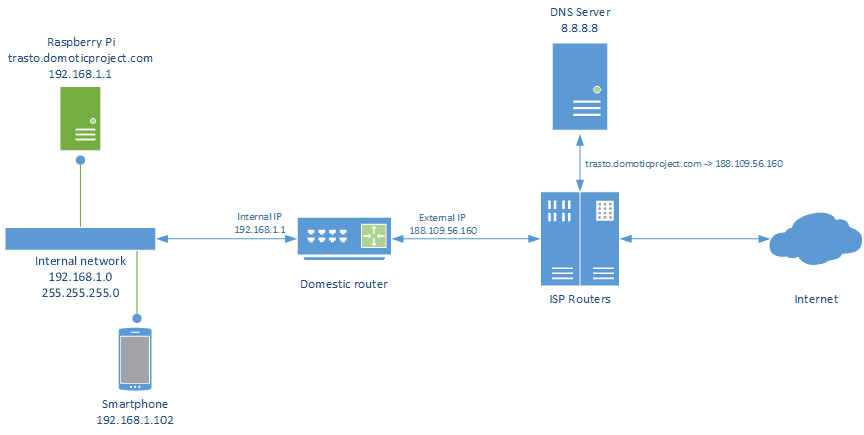

Raspberry Pi
Raspberry Pi Apache Apache is the most popular web server in the world, but Nginx closely follows it. If you’re looking for a reliable web server, then this is a perfect choice. Setting up Apache is pretty straight forward and is very beginner-friendly. Creating a LAMP server (web server – Linux Apache Mysql PHP) with the Raspberry Pi. This provides details of how to configure a Raspberry Pi as a webserver. This is similar to the guide to using Ubuntu as a LAMP webserver, but adds some of the things that need to be handled differently for the Raspberry Pi. Apache is a popular web server application you can install on the Raspberry Pi to allow it to serve web pages. On its own, Apache can serve HTML files over HTTP, and with additional modules can serve dynamic web pages using scripting languages such as PHP.

Raspberry Pi Web Server Apache Download

Raspberry Pi Web Server Python
If you have your Raspberry PI (2) A / B (+) with Raspbian and activated SSH ready, we can get started right away.For whom is this (web) server suitable?The Raspberry Pi is simply too slow to be a full-fledged server, which is relatively good with some restrictions.Step 1: Step 1First, let's goSudo apt-get updateandSudo apt-get upgradeAn upgrade and upgrade of the operating systemNow comes the actual installation.First, the Apache web server with PHP 5Sudo apt-get install apache2 php5 libapache2-mod-php5In the question 'Do you want to continue' simply press 'Y'.Sudo groupadd www-data andSudo usermod -g www-data www-dataSudo service apache2 restartNow we have installed the server. To test it, you simply have to enter the IP of the Raspberry into the browser's address line. There should be a website with the text 'It Works' or something.Sudo nano / etc / apache2 / sites-enabled / 000-defaultTo allow .htacces files. Search for 'AllowOverrideNone' and rewrite it in 'AllowOverride ALL'. Then use the keyboard shortcut Ctrl + X to save Y and close the fileNow we start the server with sudo service apache2 restart restart.Step 2: Step 2 MySQL and FTPInstalling MySQLSudo apt-get install mysql-server mysql-client php5-mysqlIn the question 'Do you want to continue' simply press 'Y'.You will be asked for your new MySQL password (just enter a new password) You must enter the same password for the second time.After a small wait, they have successfully installed MySQL.Installation from FTP server
Sudo chown -R pi / var / wwwSudo apt-get install vsftpdSudo nano /etc/vsftpd.confSearch for 'anonymous_enable = YES'# Local_enable = YES'#write_enable_YES'And replace them with:'Anonymous_enable = NO'Local_enable = YES'Write_enable = YES'And add it at the bottom: 'force_dot_files = YES'Sudo service vsftpd restartReboot the FTP server.For each connected via FTP, they must be Manual inThe directory / var / www.

